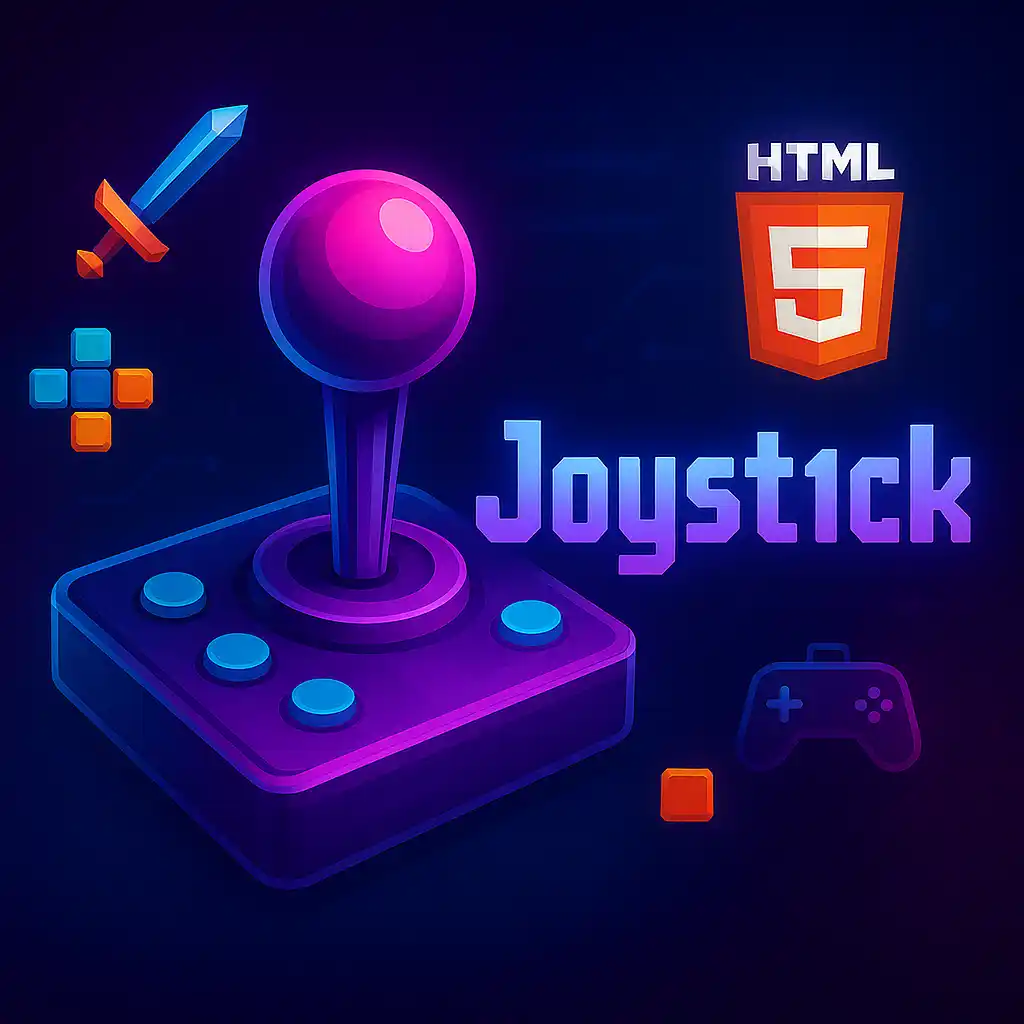Table of Contents
- 🎵 The Polarizing Phenomenon of Friday Night Funkin
- Oversaturation and Hype Fatigue
- Gameplay Mechanics and Difficulty Spikes
- Art Style and Character Design Polarization
- Community and Modding Scene Controversies
- Gatekeeping in Rhythm Game Communities
- Platform and Accessibility Concerns
- The Generational Gaming Divide
- TL;DR
Who this is for: Gamers curious about FNF controversies, rhythm game enthusiasts, and anyone wanting to understand gaming community dynamics.
Ready to jump in? Play friday night funkin games and discover what all the buzz is about for yourself.
Play free games on Playgama.com
🎵 The Polarizing Phenomenon of Friday Night Funkin
Friday Night Funkin has sparked intense debates in the gaming community, with passionate defenders and vocal critics. Understanding why some players dislike this rhythm game reveals deeper tensions about gaming culture, accessibility, and artistic merit.
Oversaturation and Hype Fatigue
Many critics point to FNF’s explosive popularity as a double-edged sword. The game’s viral success led to countless mods, remixes, and social media content that flooded platforms. Some players felt overwhelmed by the constant stream of FNF-related content, leading to burnout even before trying the game.
The phenomenon mirrors other viral games where initial excitement transforms into backlash simply due to overexposure. When something becomes “everywhere,” it naturally attracts contrarian responses.
Gameplay Mechanics and Difficulty Spikes
Rhythm game veterans often criticize FNF’s mechanics compared to established titles like Dance Dance Revolution or Guitar Hero. Common complaints include:
- Inconsistent note timing that feels “off” compared to professional rhythm games
- Sudden difficulty spikes that frustrate casual players
- Limited gameplay variety across different songs
- Arrow key controls that some find less intuitive than traditional rhythm game interfaces
These mechanical issues create a divide between players seeking polished gameplay and those enjoying the game’s charm despite its rough edges.
Art Style and Character Design Polarization
FNF’s distinctive art style draws heavy inspiration from Newgrounds flash animation culture. While many appreciate this nostalgic aesthetic, others find it:
- Too simplistic or “cheap-looking” compared to modern games
- Overly stylized in ways that don’t appeal to all tastes
- Reminiscent of content they associate with younger audiences
The boyfriend character’s design and animations particularly divide opinions, with some finding the style endearing while others consider it annoying or poorly executed.
Community and Modding Scene Controversies
The FNF modding community, while creative, has generated significant controversy. Issues include:
- Inappropriate content in some mods that concerned parents and educators
- Drama between mod creators and the original developers
- Quality inconsistencies across the thousands of available mods
- Copyright disputes over music and character usage
These community issues sometimes overshadow the base game, creating negative associations for potential players.
Gatekeeping in Rhythm Game Communities
Established rhythm game communities sometimes view FNF as a “casual” entry point that doesn’t represent “real” rhythm gaming. This gatekeeping mentality creates tension between:
- Veteran players who prefer technical precision
- Newcomers attracted by FNF’s accessibility and style
- Different philosophies about what makes rhythm games valuable
Some critics argue that FNF’s popularity diverts attention from more technically sophisticated rhythm games that deserve recognition.
Platform and Accessibility Concerns
While FNF’s browser-based accessibility attracts many players, it also creates limitations that frustrate others:
- Performance issues on older devices or slower internet connections
- Limited customization options compared to downloadable rhythm games
- Dependency on web browsers that some players prefer to avoid for gaming
The Generational Gaming Divide
FNF’s association with younger players and social media trends creates generational friction. Some older gamers dismiss it as a “kids’ game” or “TikTok trend,” while younger players embrace its meme-friendly culture and social sharing aspects.
This divide reflects broader tensions about how gaming culture evolves and who gets to define what constitutes “good” games.
Despite the criticism, FNF’s impact on introducing new players to rhythm games remains significant. Whether you love it or hate it often depends on your expectations, gaming background, and tolerance for viral internet culture. If you’re curious to form your own opinion, experiencing the original game firsthand offers the best perspective on what makes it both beloved and controversial.
TL;DR
Friday Night Funkin faces criticism for oversaturation, inconsistent gameplay mechanics, polarizing art style, community controversies, and gatekeeping from rhythm game veterans who view it as too casual.
